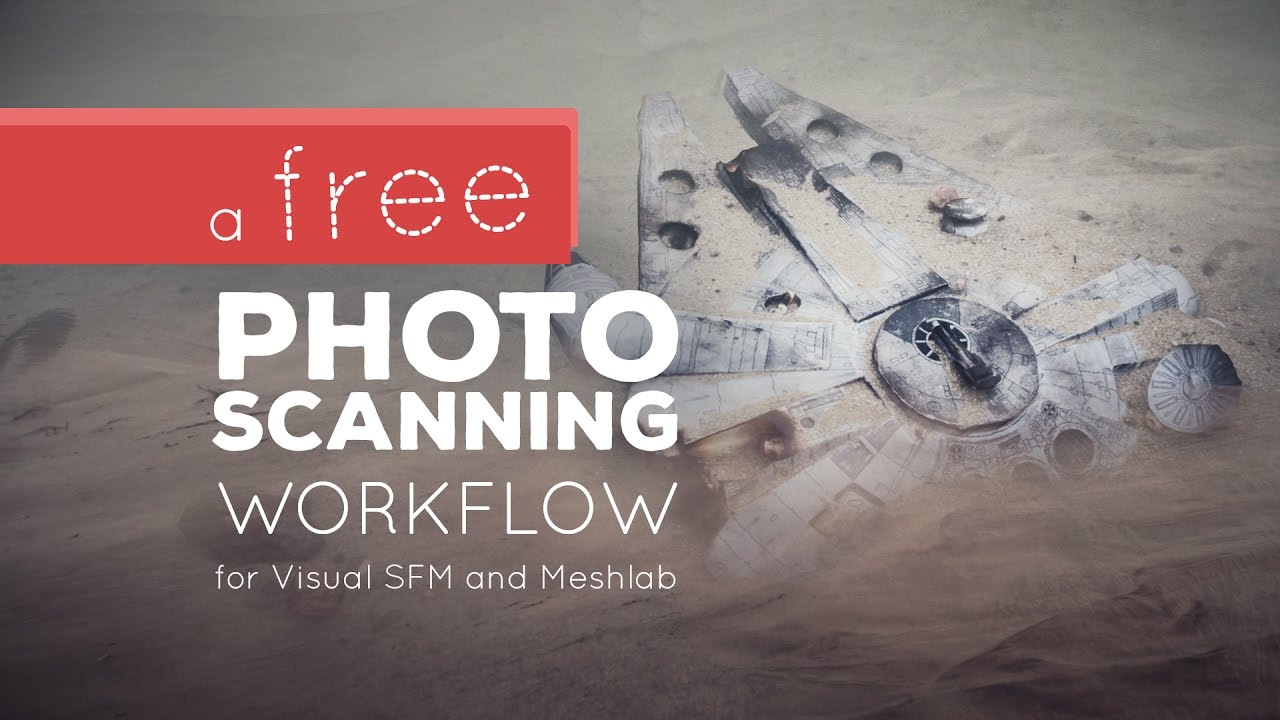Getting the 3d model from a photo is something called photogrammetry. Blender doesn’t support this, but there are a few free apps you can use to do then, then import the mesh in blender. You might want to take a look at this tutorial by gleb alexander:
There is also a program called meshroom that can do this:
After that, you’ll have to figure out how to rig the mesh to get it to animate well. I haven’t tried this workflow before, but my guess is that after you import the raw mesh, you’ll probably need to make a copy and remesh that copy in order to get better topology. You might even need to manually retopologize this (sticking new faces to the old mesh one by one) because edgeflow will affect how the model looks when it’s deformed and animated.
